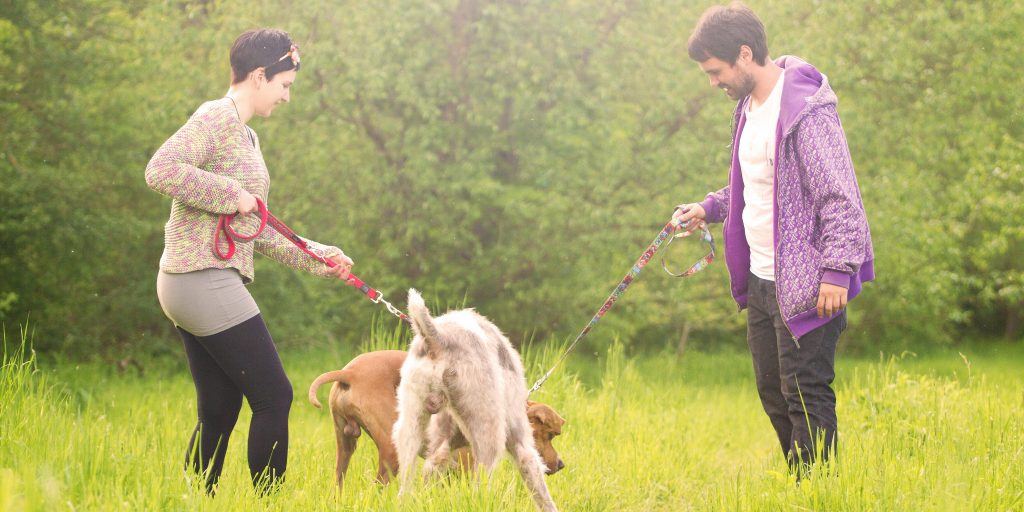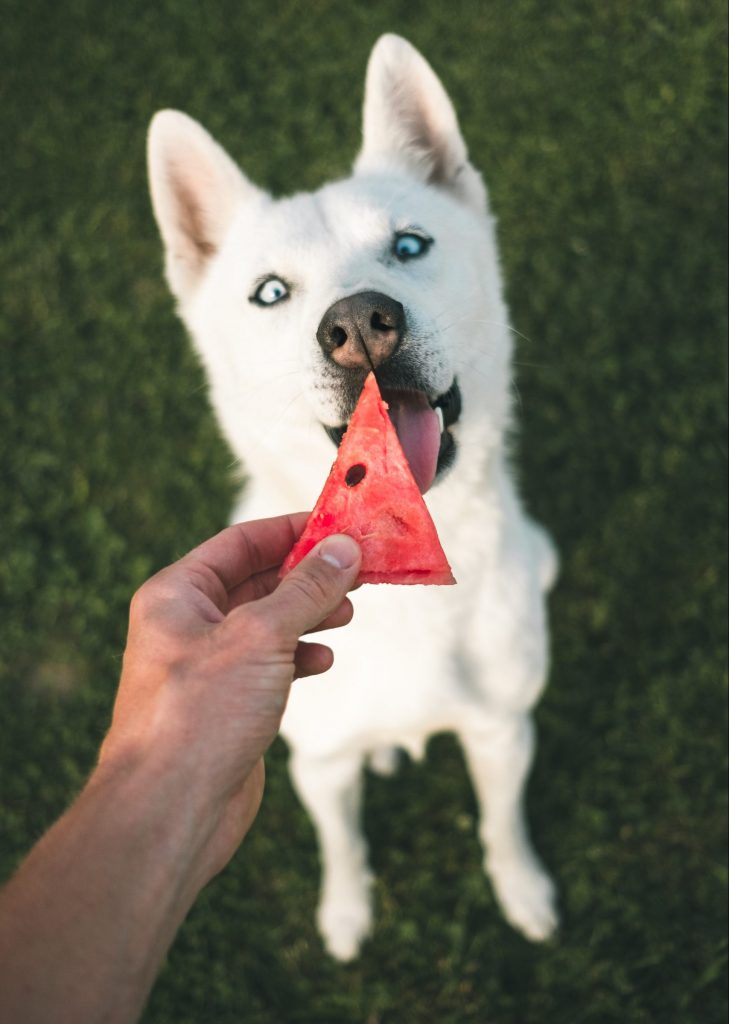The post aims to provide pet owners with practical tips and strategies for successfully introducing a new dog to their existing pet. The post aims to help pet owners navigate the introduction process smoothly, minimize stress or conflicts between the animals, and foster a harmonious relationship between the new dog and the resident pet. By following these tips, pet owners can create a positive and supportive environment that facilitates the successful integration of the new dog into the household.

Bringing a new dog into your home is an exciting and rewarding experience. However, it’s essential to handle the introduction process carefully to ensure a smooth transition and a harmonious relationship between your new dog and existing pet. In this blog post, we will provide you with valuable tips and strategies to help you navigate the introduction process successfully and set the stage for a happy and cohesive furry family.
1. Prepare the Environment:
- Create separate spaces for each pet initially.
- Gradually introduce them to each other’s scents by swapping bedding or using pheromone products.
- Ensure each pet has its own food and water bowls, toys, and resting areas.
2. Controlled Initial Meetings:
- Start with short, controlled meetings in neutral territory.
- Keep both dogs on leashes and maintain a calm and positive atmosphere.
- Reward and praise good behavior and provide treats as positive reinforcement.
3. Supervise and Manage Interactions:
- Gradually increase the duration and frequency of supervised interactions.
- Observe body language and intervene if any signs of stress or aggression occur.
- Keep initial interactions brief and end them on a positive note.
4. Provide Equal Attention and Affection:
- Ensure that both pets receive equal attention, love, and affection.
- Avoid favoritism, as it can lead to jealousy or insecurity.
5. Gradual Integration:
- Slowly integrate the new dog into the resident pet’s territory, starting with short supervised visits.
- Allow them to explore and adjust at their own pace.
- Provide separate feeding areas initially to avoid resource guarding.
6. Seek Professional Help if Needed:
- If you encounter challenges or notice persistent issues, consult a professional dog trainer or behaviorist for guidance.
Conclusion:
Introducing a new dog to your existing pet requires patience, planning, and careful management. By following these tips, you can increase the chances of successful integration and promote a positive relationship between your pets. Remember to be patient, observe their body language, and provide them with equal love and attention.
Remember, each pet’s temperament and the dynamics between them are unique. If you have specific concerns or questions during the introduction process, it’s always best to consult with a professional for personalized advice and guidance.
If you need further assistance or have specific concerns, don’t hesitate to reach out to us on our website.

Frequently Asked Questions:
How long should I keep my new dog separated from my existing pet during the introduction process?
It’s recommended to keep the new dog and existing pet separated initially and gradually introduce them over a period of days or weeks. The duration may vary depending on their individual temperaments and comfort levels.
What are some signs of stress or aggression that I should watch for during the introduction?
Signs of stress or aggression can include growling, bared teeth, raised hackles, stiff body posture, excessive barking, and snapping. It’s important to intervene and separate the dogs if any of these behaviors are observed.
Should I allow my pets to interact freely without supervision?
Initially, it’s important to supervise all interactions between your new dog and existing pet to prevent any potential conflicts. As they become more comfortable with each other, you can gradually increase their supervised interactions and monitor their behavior.
What if the introduction process is not going smoothly?
If you encounter challenges or notice persistent issues, it’s advisable to seek help from a professional dog trainer or behaviorist. They can assess the situation and provide guidance tailored to your specific needs.
Can I speed up the introduction process if my pets seem to be getting along well?
While it’s tempting to speed up the process if things are going well, it’s important to be patient and follow a gradual introduction plan. Rushing the process may lead to unforeseen challenges or conflicts.
How long does it take for pets to fully adjust to each other?
The time it takes for pets to adjust to each other can vary. Some pets may form a bond quickly, while others may take more time. It’s essential to allow them to set their own pace and not rush the process.



